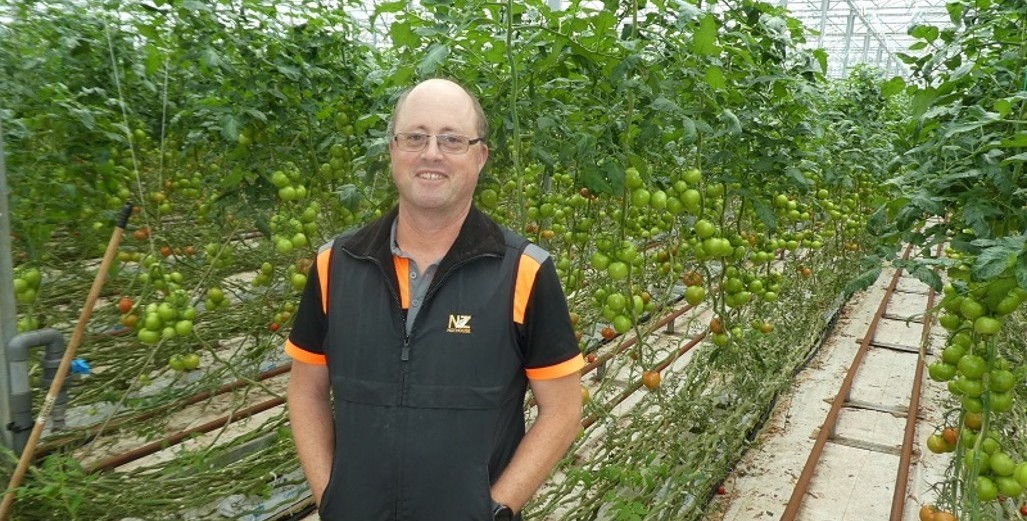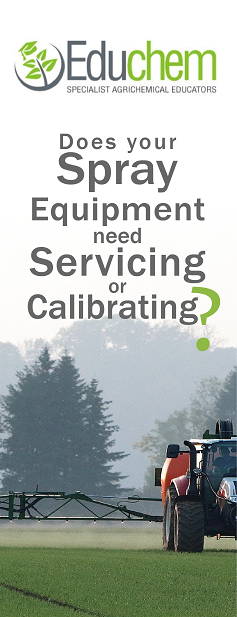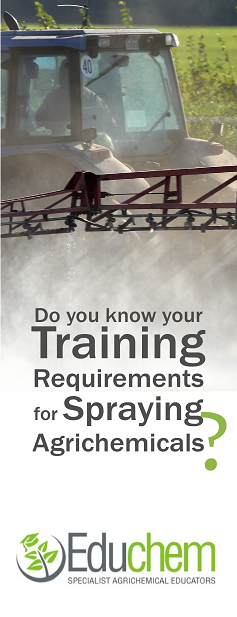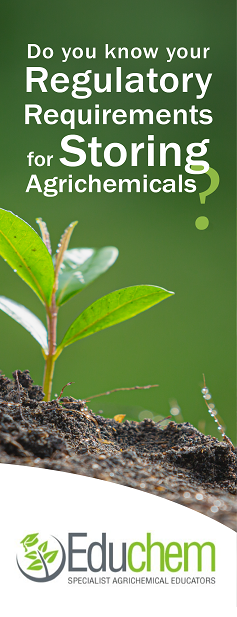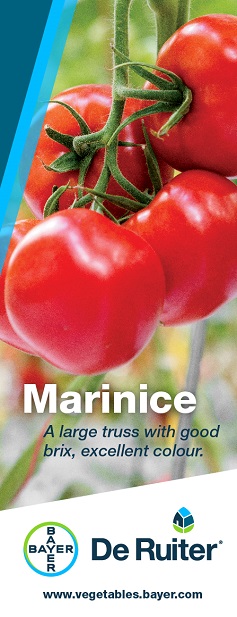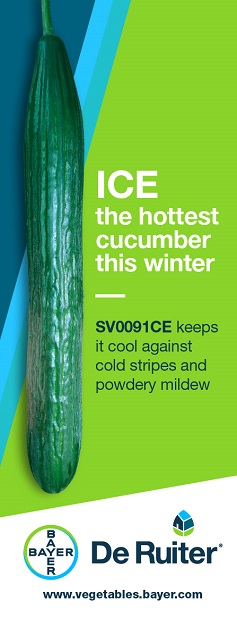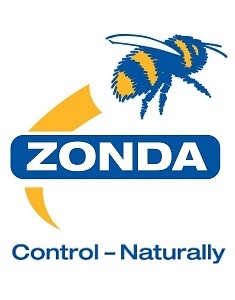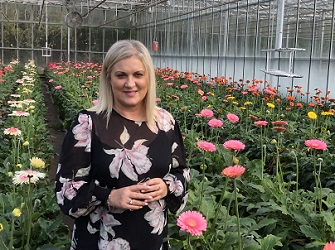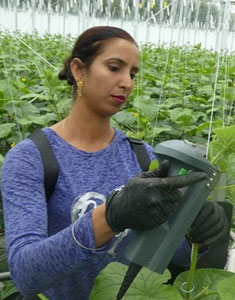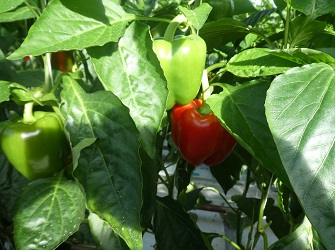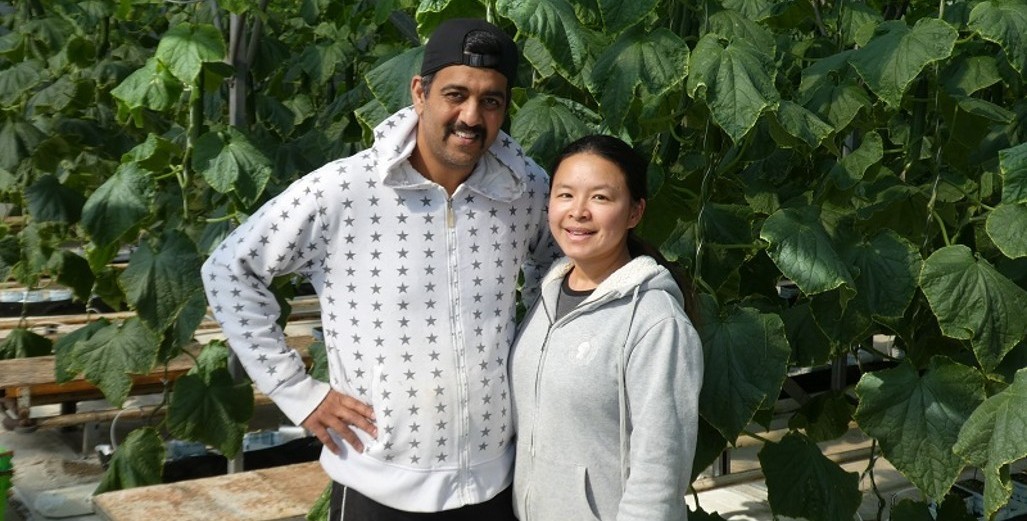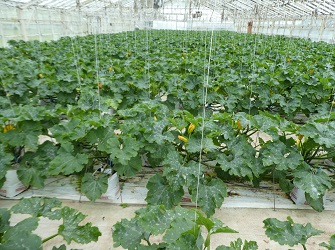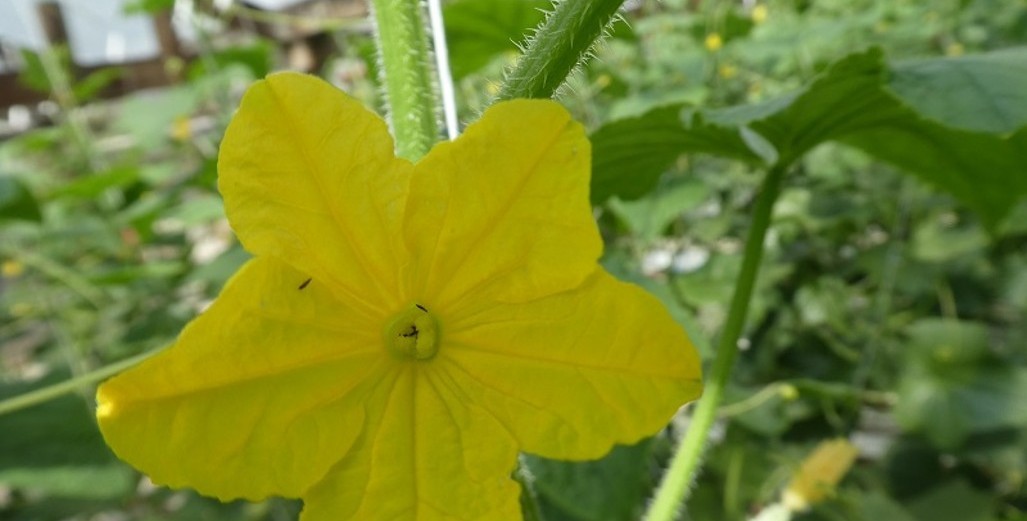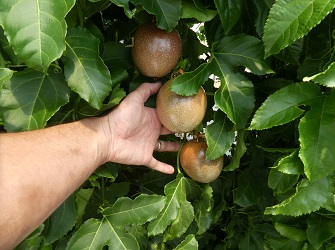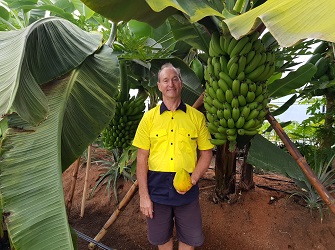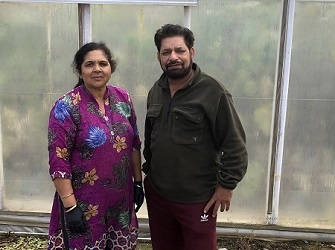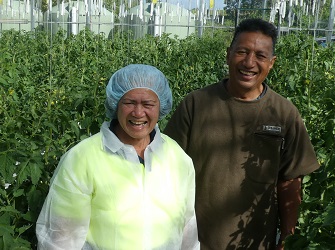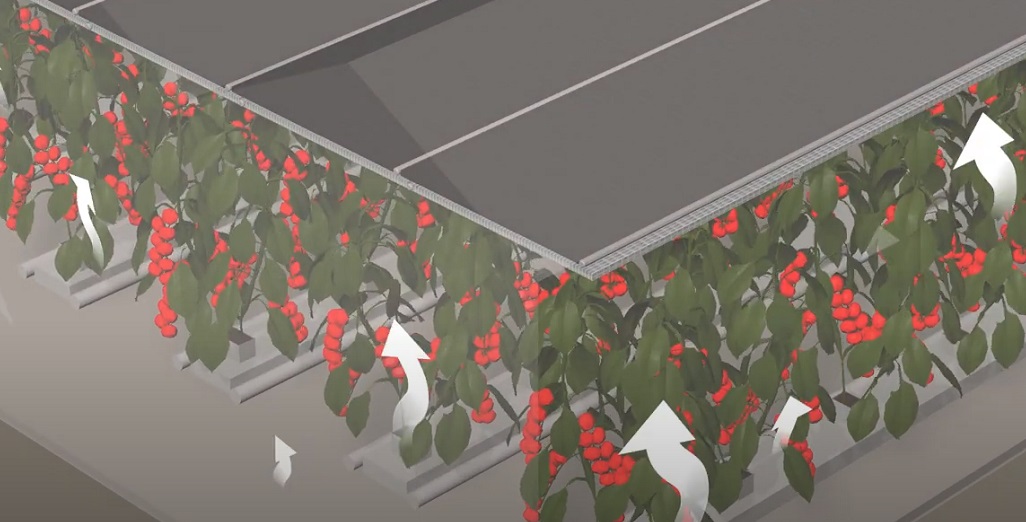Sign up here to subscribe to the Grower2grower Ezine. Every two weeks you will receive new articles, specific to the protected cropping industry, informing you of industry news and events straight to your inbox.
Jan 2023
Turbulent Weather Perfect for Disease
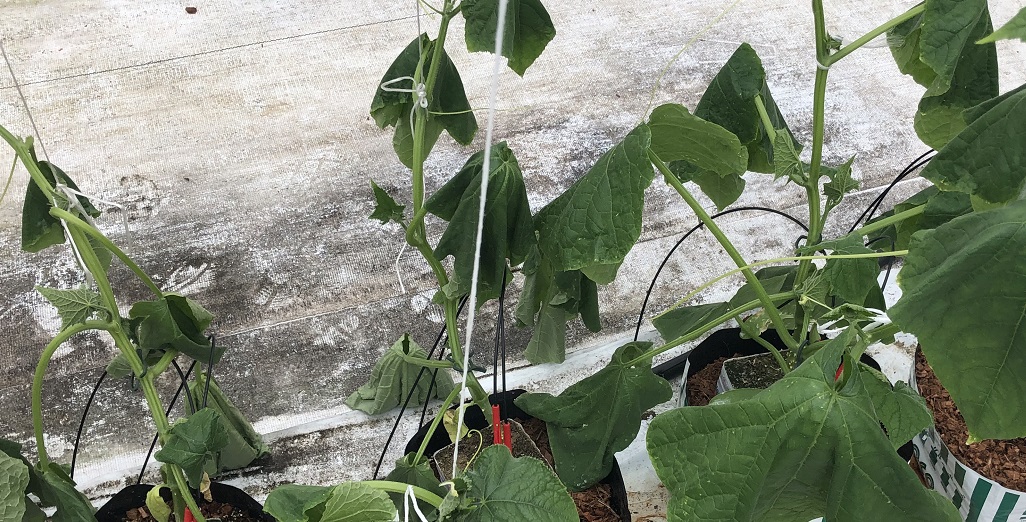
Wet end to 2022 and wet start to 2023 – Coatings ideal for dealing with changeable conditions and providing a good level of protection
The past five or six weeks has been difficult for greenhouse growers, they have been hampered by several wet and dull days, unusual for this time of year.
In this type of weather recently planted cucumber crops are at a higher risk of disease. The young plants require constant monitoring in the early stage of growth. Pythium is destructive and will quickly contribute to large plant losses if not identified quickly.
Monitoring the substrate water content and electrical conductivity is imperative. Over watering is easy to do when it is raining, so there is a fine balance to strike – especially when the blue sky and sun returns. At a property, I recently visited, they applied a diffused coating, to the greenhouse roof, for the first time late last year – they could not have chosen a better year to apply this coating. It has certainly protected the crop from the harsh sunny conditions when they appeared. Another greenhouse on the property did not have the coating applied, as a result, the crop is down on production and plant vigour expectations.
Visiting another property that had a problem with pythium killing young plants, I identified that hot water in PE (irrigation lines) may well have contributed to the issue. It is really tricky because your plant has been effectively sitting idle for three days (in wet cloudy weather) then been asked to immediately shift into fifth gear. The plant is simply not prepared. You try not to over water or cause too much runoff but if you don’t irrigate frequently the water is so hot in the irrigation lines you cause more issues than by not over watering (in this case on young plants). Even though this crop is growing in a plastic house, it would have benefitted from a coating on the roof for the first three weeks after planting out from the nursery. Old fashioned chalk or whitewash would not have been of value as the heavy rain in between the good weather would’ve washed it away. A more expensive but effective coating would be the preferred option.
Once a cucumber plant is established (around 1 metre in height) the water in the irrigation PE lines is not as much of an issue anymore. Not only are the leaves shading the PE lines, but the larger adolescent plants also require increased amounts of irrigations leaving less time for the water to heat up in the lines. Until that growth is achieved, a coating would provide the best protection. Specifically, a shading coating should be removed once the plants are producing, a diffused coating could be left on all summer and into the first five to six weeks of Autumn. It may be seen as a hassle for growers to apply a shade coating for such a short time, but this year it would have benefitted young cucumber crops in the Auckland region. Diffused coatings offer a good compromise – ask your local agent if applying a coating to your plastic house could benefit your growing situation in the future.
Note – Shade and Diffused coatings are not the same.
Tomato growers that are about to replant should either have a diffused/shade coating on the roof before the first three to four trusses appear. This is about controlling the balance of the plant and reducing how hot the irrigation water will get in the PE lines. You will want a balanced plant from the nursery – too generative and there is not enough leaf cover and too vegetative and you will be in for a difficult winter with potentially a fat stem – balance is key!
Article written and compiled by Stefan Vogrincic
All Article’s checked and edited by Marie Vogrincic
I appreciate your comments. Please feel free to comment on the grower2grower Facebook page or email: stefan@grower2grower.co.nz
https://www.facebook.com/StefanGrower2grower/

CLASSIFIED
Photo
Gallery
Subscribe to our E-Zine
More
From This Category
Energy savings of ClimaFlow with Luxous and Obscura led to complete rethink of Neurath’s energy needs

Turbulent Weather Perfect for Disease
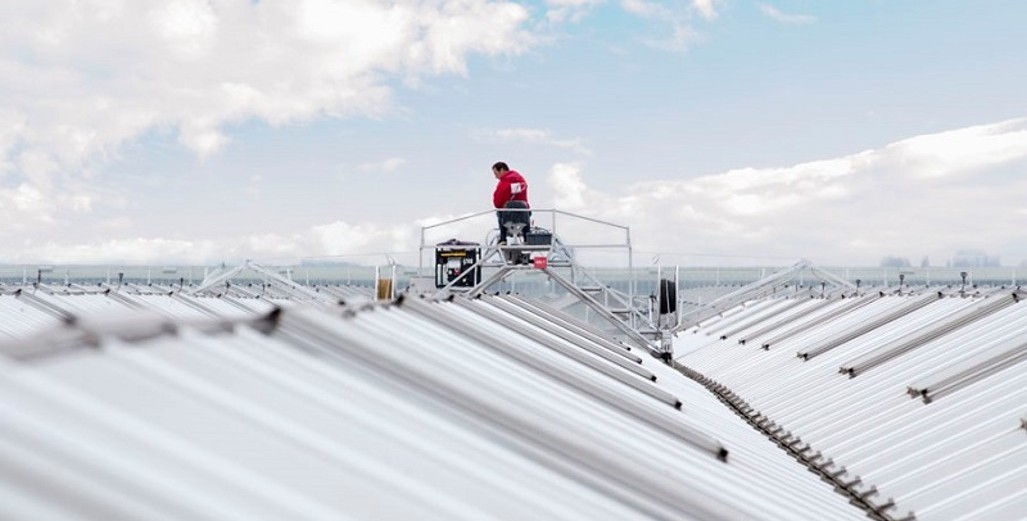
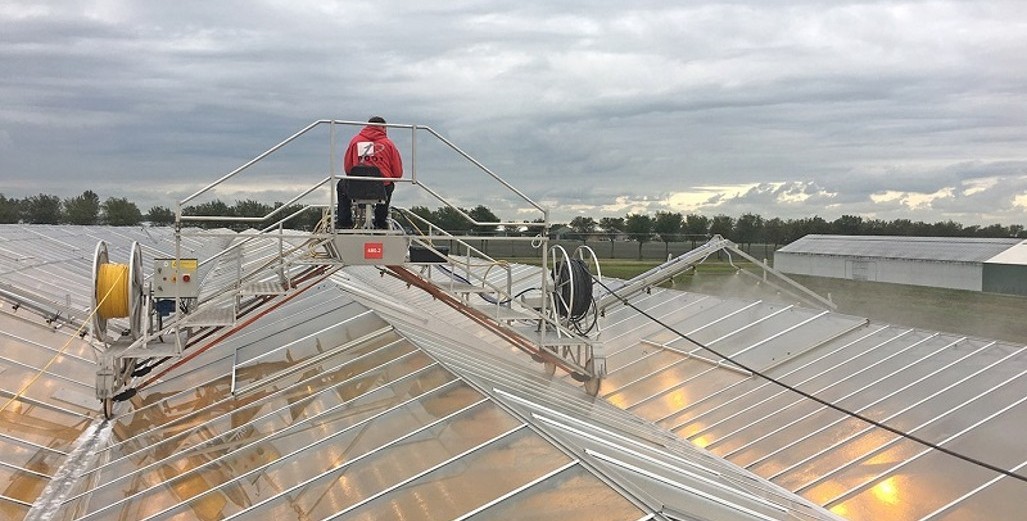
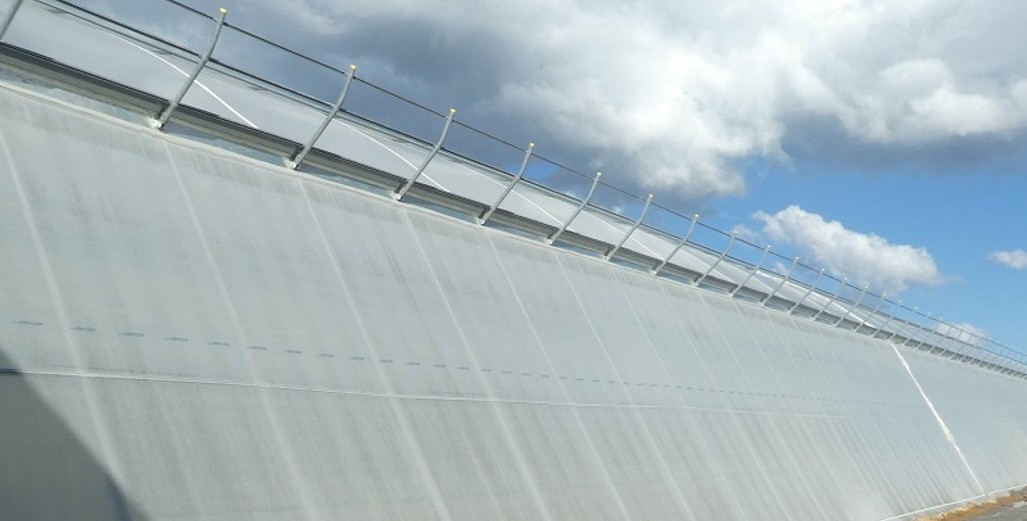
Growers Can Extend The Life Of Greenhouse Film
